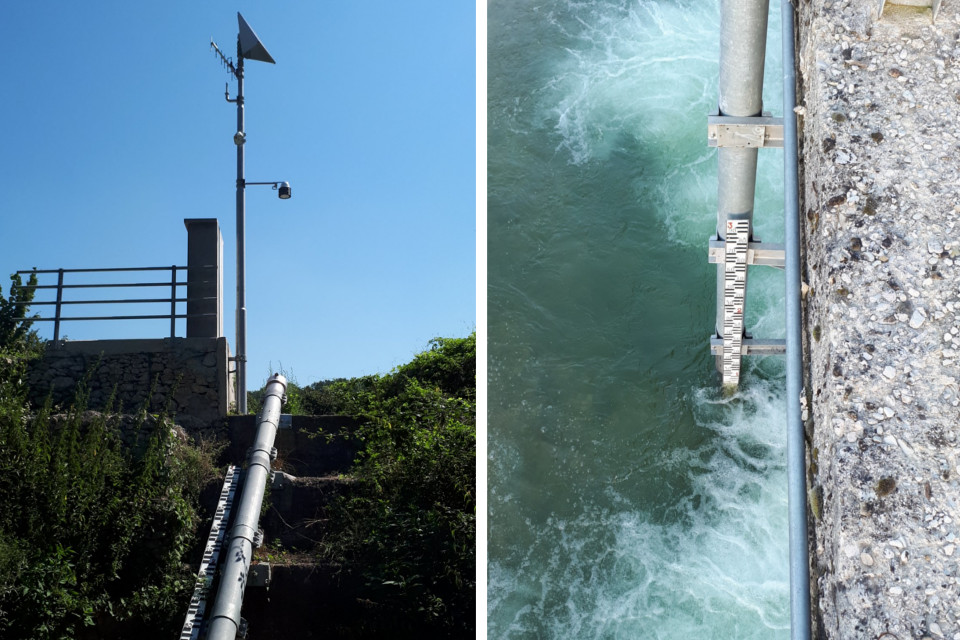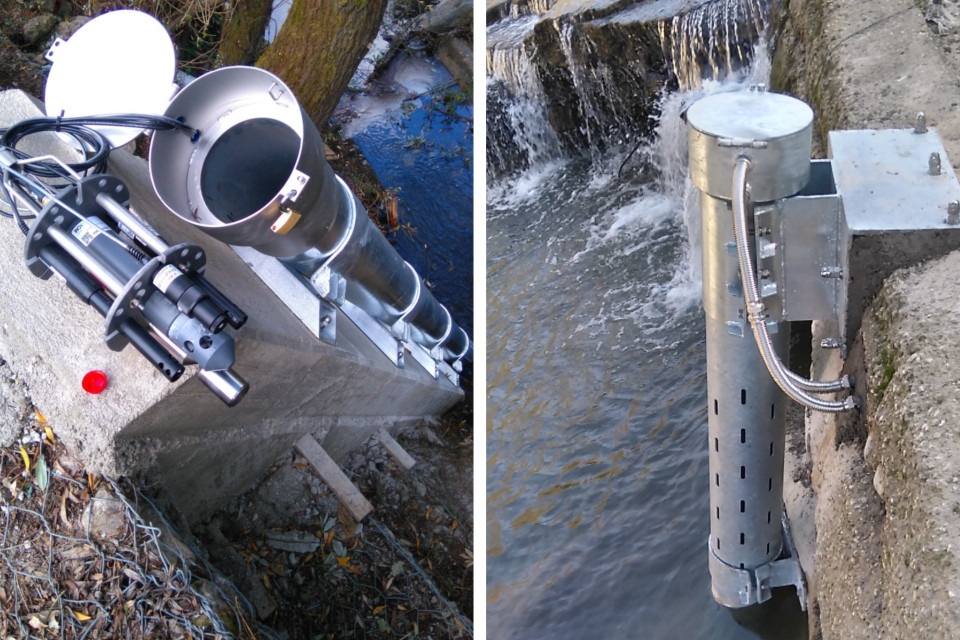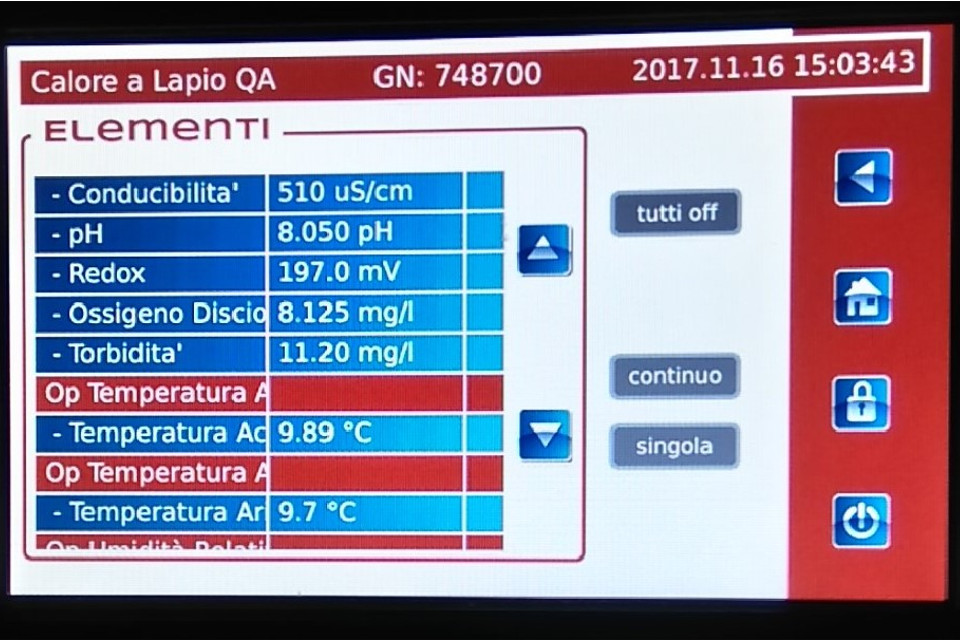Avellino’s Province is increasingly attentive to surface water pollution
The area around the river Sabato is characterised by high industrial density operating in a regime of intense interchange with the fluvial basin. In recent years, continual spills led to increased pollution levels in the fluvial waters. Consequently, concern has grown with regard to the quality of the water, both from regional and provincial authorities and from the local community. For this reason the Province of Avellino, in charge of safeguarding and enhancing local environment, has launched a public tender to complete and strengthen the existing monitoring and control system of surface water bodies to evaluate the quality index of the water of the river Sabato.
CAE won the tender which envisages the setup of a local warning system linked to an automatic water quality monitoring network, on the river, in the tract between Pianodardine and Altavilla Irpina. This system will allow an H24 water monitoring, with data acquired and transmitted to the control panel every ten minutes using a UMTS/GPRS cellular communications system. Monitoring and control stations for surface water bodies will allow to set alarm thresholds for different parameters measured and, on this basis, to automatically send alarm notifications to responsible personnel.
Measurement points will be installed upstream and downstream of the industrial units along the section of interest, enabling the collection of specific data which will help to exactly locate anomalies with regard to chemical parameters of the water, identify the single industrial zone waste from where they emerge and activate targeted monitoring on it. The aim is twofold: monitoring of water resources and protection and enhancement of local environment.
The monitoring stations are autonomous from an energetic point of view, powered by solar panels and lithium batteries, which provide a month’s autonomy in the event of a total absence of electrical power or exposure to sunshine.
This project will maximize integration of both the new and already existing monitoring equipment, ensuring the reuse of existing hardware and software components in use.
The supply, installation and activation of 6 automatic water quality control units is planned, each equipped with Mhaster, cellular communications system UMTS/GPRS, webcam andmulti-parameter and spectrophotometric probe. These probes will enable the monitoring of the following water parameters:
- Hydrometric level
- Temperature
- Electrical conductivity
- pH
- Dissolved Oxygen
- TSS Total Suspended Solid
- Turbidity
- Nitrogen Nitrate (NO3)
- COD Chemical Oxygen Demand
- BOD Biochemical Oxygen Demand
- TOC Total Organic Carbon
- Aromatic Hydrocarbons BTX
The Mhaster data logger, with state of the art Linux operative system, is interoperable, open and programmable and can execute any customised external command. The maximum programmability and expandability of the Mhaster datalogger will allow if required future interfacing with additional sensors.
Moreover, some of the stations will be equipped with a THS thermo-hygrometer and a PG2 rain gauge, to measure, respectively, temperature, and relative humidity of ambient air and rainfall accumulation and intensity.



